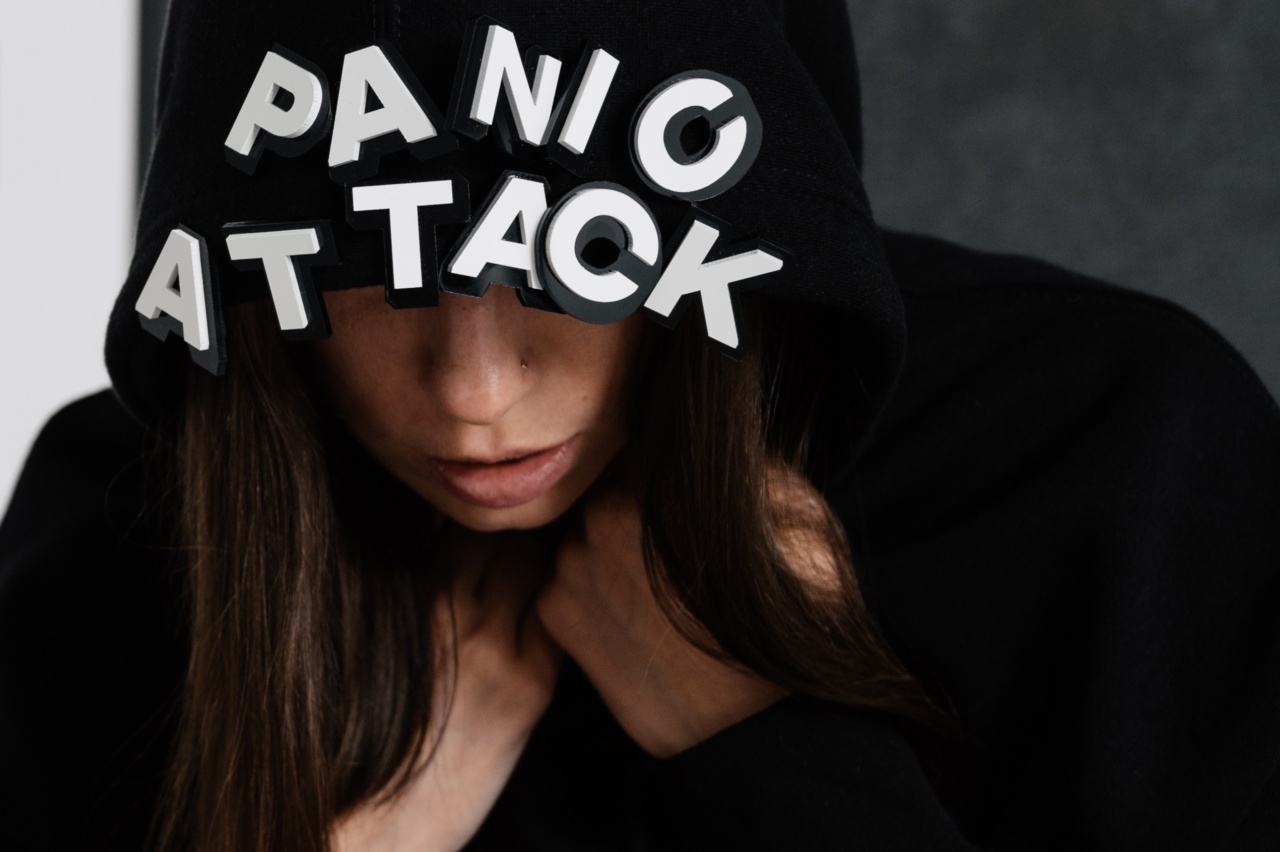Panic attacks can be a frightening experience, especially when you don’t know what is happening to you.
For those who have never experienced one before, it can be incredibly difficult to understand what a panic attack feels like and how best to manage it. In this article, we’ll take a deep dive into all aspects of a panic attack, what it feels like, its symptoms and how to manage it.
What is a Panic Attack?
A panic attack is a sudden and intense feeling of fear or terror, which can occur without warning and often for no apparent reason. It is a type of anxiety disorder and can happen to people of all ages, genders, and backgrounds.
During a panic attack, a person may experience several physical and emotional symptoms that can be very distressing. The symptoms can happen suddenly and reach a peak within minutes but can last for up to an hour or more.
What are the Symptoms of a Panic Attack?
The symptoms of a panic attack can vary from person to person, but some of the most common symptoms that people experience include:.
- Rapid heartbeat or palpitations
- Sweating or chills
- Trembling or shaking
- Shortness of breath or hyperventilation
- Feeling like you’re choking
- Chest pain or discomfort
- Feeling dizzy, lightheaded or faint
- Nausea or stomach upset
- Feeling detached from reality or feeling like you’re going crazy
- Fear of losing control or dying
It’s important to note that these symptoms can also occur in other conditions, so if you’re unsure whether you’ve experienced a panic attack, it’s best to speak to your healthcare provider and get a diagnosis.
What Does a Panic Attack Feel Like?
A panic attack can feel different for different people, but many describe a sense of overwhelming fear or dread.
Imagine feeling like you’re in danger, even though there’s nothing dangerous around, or feeling like you’re about to die when you’re not actually in any physical danger. That’s what a panic attack can feel like.
During a panic attack, you may also feel like you’re losing control, going crazy or having a heart attack. It can feel like you’re having an out-of-body experience, and you may feel disconnected from reality or your surroundings.
What Causes Panic Attacks?
The causes of panic attacks are not fully understood, but several factors may contribute to their development, including:.
- Genetics – if other family members have experienced panic attacks, you may be more likely to develop them yourself
- Stressful life events or trauma
- Mental health conditions, such as anxiety or depression
- Substance use or withdrawal, including alcohol, drugs or medications
- Physical health conditions, such as heart disease or thyroid problems
It’s important to seek treatment if you’re experiencing panic attacks as they can significantly impact your quality of life and lead to avoidance behaviors that can limit your daily activities.
How to Manage Panic Attacks
Managing panic attacks involves a combination of approaches, including lifestyle changes, therapy, and medications. Here are some strategies that can help:.
- Deep breathing exercises
- Meditation or mindfulness practices
- Regular exercise or physical activity
- Avoiding caffeine or other stimulants
- Talk therapy, such as cognitive-behavioral therapy (CBT)
- Panic attack medication, such as selective serotonin reuptake inhibitors (SSRIs) or benzodiazepines
If you’re experiencing frequent or severe panic attacks, it’s important to speak to your healthcare provider about the best treatment options for you.
Final Thoughts
Panic attacks can be a scary experience, but know that you’re not alone in this experience. By understanding what a panic attack feels like and what causes it, you can take steps to manage your symptoms and improve your quality of life.






























